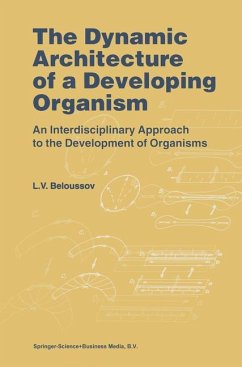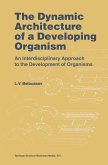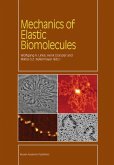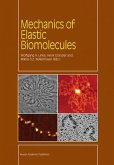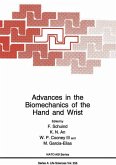For anybody capable of an emotional response to it, any view of a developing organism should give birth to a feeling of amazement and even admiration, whether this development is seen directly, or in the form of a time lapse film, or even if mentally reconstructed from a series of static images. We ask ourselves how such seemingly primitive eggs or pieces of tissue, without any obvious intervention from outside, so regularly transform themselves into precisely constructed adult organisms. If we try to formulate what amazes us most of all about development, the answer will probably be that it is the internal capacity of developing organisms themselves to create new structures. How, then, can we satisfy our amazement in ways that are more or less reasonable, as well as scientifically valuable? This depends, first of all, on what position we choose to regard embryonic development as occupying among other structure creating processes, even including human activities. On the one hand,one might regard the development of organisms as a highly specialized class of processes, unique to themselves and alien to the general laws of nature, or at least not derivable from them and more akin to the deliberate acts of our own human behaviour. In that case our task would become reduced to a search for some specific 'instructions' for each next member of such a class. Whether in an overt or hidden form, some such ideology seems to dominate in present day developmental biology.
Bitte wählen Sie Ihr Anliegen aus.
Rechnungen
Retourenschein anfordern
Bestellstatus
Storno

